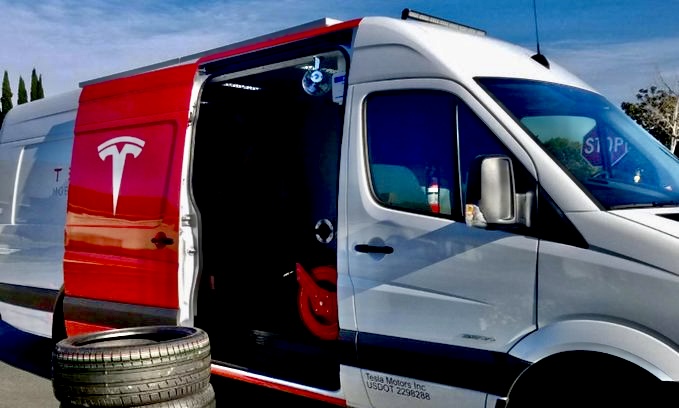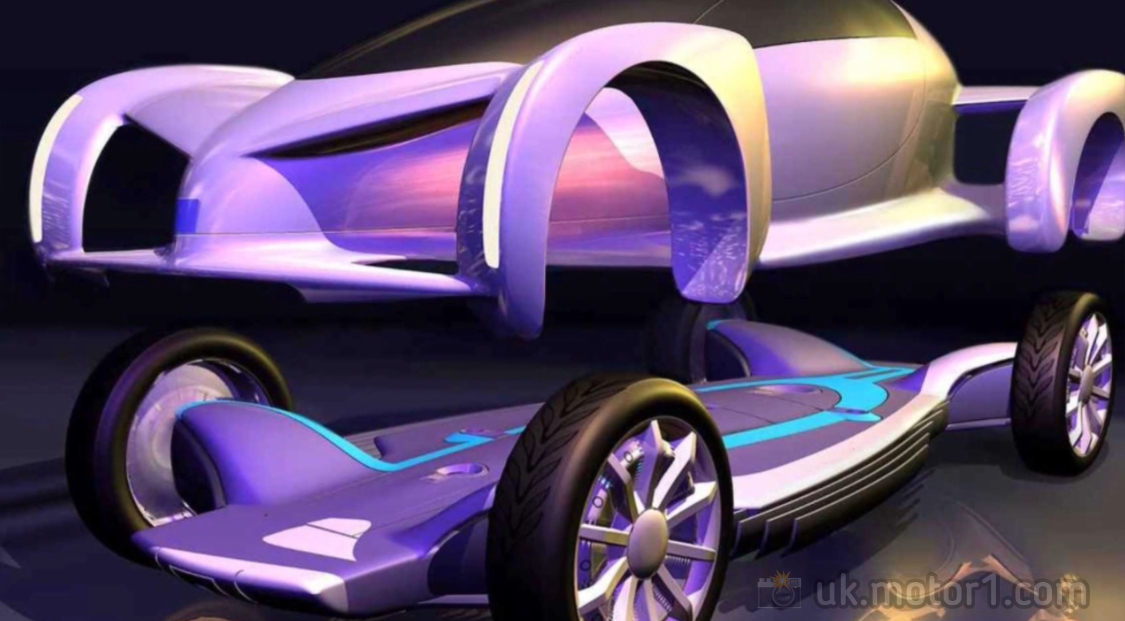Semi-Conductor Shortage Still Ongoing
Production Semiconductor Semiconductor Chips
The global semi-conductor shortage began in 2020 and has continued into 2023. Semi-conductors, also known as chips, are essential components in consumer electronics like smartphones and computers. They are also used in cars for a variety of functions, from entertainment systems to power steering. On average, EVs require about 1300 chips, while ICEs typically are half that.
The shortage has been caused by a number of factors, including:
- The COVID-19 pandemic: The pandemic caused a number of disruptions to the global supply chain, including the semi-conductor industry.
- Increased demand for electronics: The pandemic led to an increase in demand for electronics, such as laptops, tablets, and smartphones. This increased demand put a strain on the semi-conductor supply.
- Natural disasters: Natural disasters, such as a fire at a semi-conductor plant in Japan, have also contributed to the shortage.
- Trade tensions: Trade tensions between the United States and China have also made it more difficult for semi-conductor companies to get the materials they need.
How does the semi-conductor shortage affect EVs?
The shortage has affected EVs in a number of ways including:
- Higher Prices: The shortage of chips has led to higher prices for EVs. This is because manufacturers have had to pass on the increased costs of semiconductors to consumers.
- Limited Availability: The shortage of semi-conductors has led to limited availability of EVs. This is because manufacturers have been unable to produce as many EVs as they would like due to the lack of chips.
- Delayed Launches: The shortage of semi-conductors has led to delayed launches of new EVs. This is because manufacturers have been unable to bring new EVs to market as quickly as they would like due to the lack of chips.
- Halting Production: Some manufacturers have had to halt production of vehicles. This has led to delays in deliveries and shortages of vehicles on dealer lots.
- Selling vehicles without certain features: This has led to some vehicles being released without features that were previously standard. Vehicles were sold without certain features that require chips, such as heated seats and sunroofs. This allows them to get vehicles out the door even if they don’t have all of the features that customers might want.
How have automakers have been dealing with the chip shortage?
They have pivoted in a number of ways. Some of the most common strategies include:
- Prioritizing the production of high-margin vehicles in order to protect their profitability.
- Less Features: Automakers have also been selling vehicles without certain features that require semiconductors, and were once standard- like heated seats.
- Reconfiguring production lines: Automakers have been reconfiguring their production lines to use fewer semiconductors. This can involve removing certain features from vehicles or using different types of semi-conductors.
- Attempting to vertically integrate or commit to partnerships that will enable auto manufacturers to be less reliant on outside sources.
- Sourcing from new suppliers: Automakers have been sourcing semi-conductor chips from new suppliers in an effort to diversify their supply chain.
- Building up inventory: Automakers have been building up inventory of semiconductors in an effort to weather the shortage. This can help to ensure that they have enough chips to keep production going even if the shortage continues.
The shortage is still ongoing, but it is expected to ease in the coming years. New chip manufacturing facilities are coming online, and companies are making improvements to their manufacturing processes. This will help to increase the supply of semi-conductors and reduce the impact of future shortages. The shortage has definitely had a significant impact on the auto industry. However, the strategies that automakers have been using have helped to mitigate the impact.
Go electric ✌️
You must be logged in to post a comment.
You May Also Like
allEVehicles.com®, thatEVgirl® is a trademark of allEVehicles.com, Inc.
Designated trademarks and brands are the property of their respective owners.





There are no comments or questions yet.